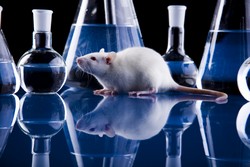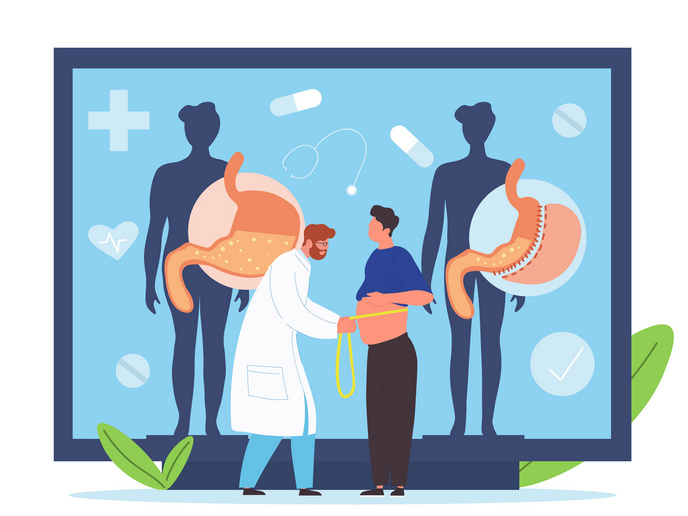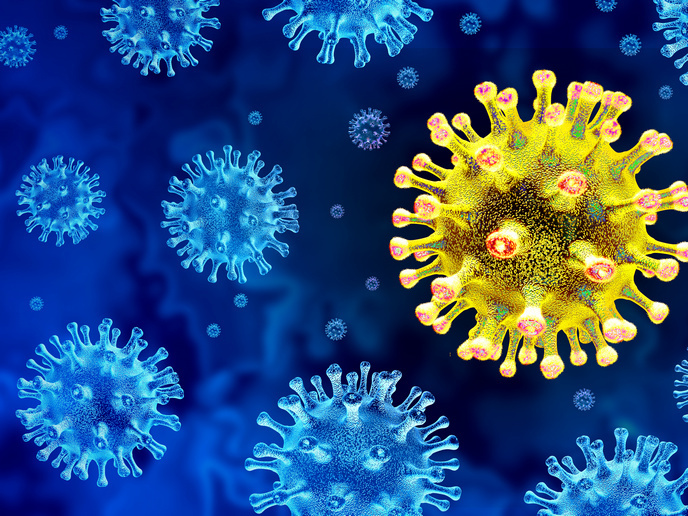Testing cosmetics without using animals
The EU ban on animal testing for cosmetics affects all beauty and personal care products, from make-up to soap and toothpaste. The resulting need for new toxicity testing methods for cosmetics that don't use animals was taken up by the project NOTOX (Predicting long-term toxic effects using computer models based on systems characterization of organotypic cultures). Novel methods developed based on cell culture and computer modelling will replace animal testing for long-term toxicity testing. Furthermore, the NOTOX project has devised a range of experimental and computational methods to predict toxicity of cosmetic or any other compounds in humans. NOTOX established a system to cultivate 3D 'organs' to mimic the human liver, called HepaRG. Using this cellular model, researchers have completed toxicity tests, monitoring biological and structural changes to the liver cells. Further work to improve the accuracy of HepaRG focused on the 3D tissue structure at the cellular level. The project has also coupled the HepaRG model with other cell types to more accurately mimic a biological system. Human organotypic 3D cultivation of its various cell systems comprised of HepaRG stem cells, primary human hepatocytes, co-cultures with non-parenchymal cells and human stem cell-derived cardiomyocytes were developed. NOTOX has also collected data on adverse outcomes from a large number of experimental systems. This data is incorporated into models of long-term toxicity, along with data from various genomic, proteomic and transcriptomic analyses. The omics end points provided in-depth insights into the mechanisms of action of the tested compounds. Developing alternative methods for cosmetics safety testing will have a major impact on the cosmetic, chemical and pharmaceutical industries. Most importantly, it heralds the end of inhumane animal testing in the cosmetics industry.
Keywords
Cosmetics, toxicity, animal testing, NOTOX, organotypic, HepaRG







